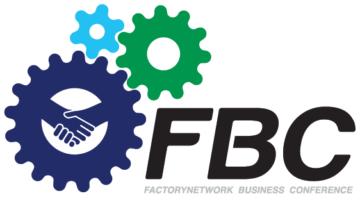Customized metal fabrication is an essential process in modern manufacturing, enabling industries to create tailored solutions for diverse applications. In Vietnam, this sector is experiencing rapid growth, driven by increasing domestic demand, export opportunities, and foreign investments. This article provides an in-depth look at Vietnam’s customized metal fabrication industry in 2025, covering its current status, benefits, challenges, and growth potential.
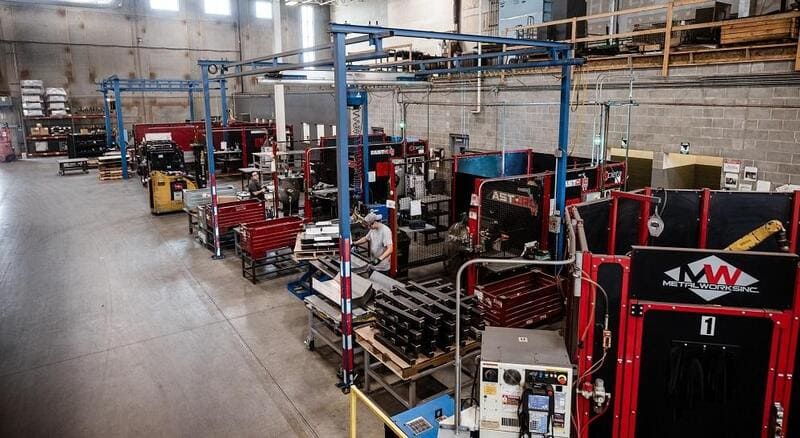
1. Introduction to Customized Metal Fabrication
1.1. What is Customized Metal Fabrication?
Customized metal fabrication refers to the process of designing and manufacturing metal products or components tailored to specific industrial needs. This involves cutting, bending, welding, and assembling metals using advanced techniques to meet precise specifications. It is widely used in sectors like construction, automotive, aerospace, and energy.
1.2. Vietnam’s Role in the Global Metal Fabrication Industry
Vietnam has emerged as a growing hub for customized metal solutions, thanks to its competitive labor costs, strategic location, and increasing adoption of advanced manufacturing technologies. The country’s expanding industrial base and export-oriented economy make it an attractive destination for metal fabrication.
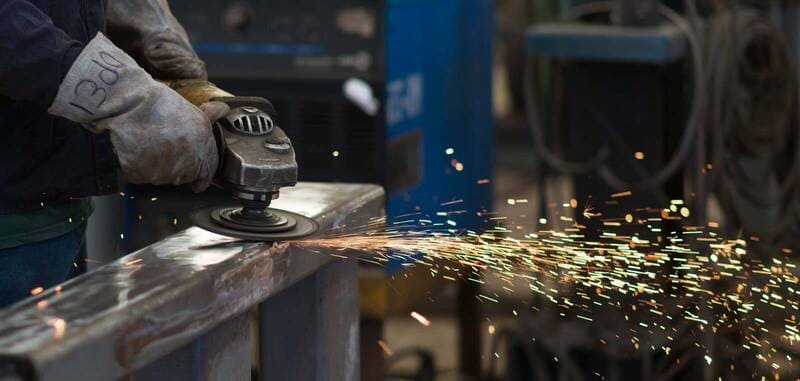
Read more:
Steel Structures for Construction Projects: Vietnam’s Steel Industry in 2025
Semiconductor Industry in Vietnam 2025
2. Current Status of Vietnam’s Metal Fabrication Industry
Vietnam’s metal fabrication industry has made significant strides in recent years, becoming a critical component of the country’s industrial growth. Below, we examine the sector’s market trends, major players, and growth drivers.
2.1. Market Trends in 2024
The metal fabrication industry in Vietnam has seen robust growth, fueled by rising demand in manufacturing, infrastructure, and exports. Key statistics indicate:
- Projected market value: The sector is expected to grow steadily, contributing significantly to Vietnam’s GDP.
- Demand drivers: Infrastructure development, industrial expansion, and the shift toward localized supply chains.
- Projections for 2025: Continued growth supported by government initiatives and foreign investments.
2.2. Major Players in Vietnam
Leading companies like Hoa Phat Group, Vietnam Steel Corporation, and Posco have established themselves as key contributors to Vietnam’s metal fabrication sector. Additionally, foreign investors from Japan, South Korea, and Europe have invested heavily, boosting the country’s production capacity and technological expertise.
2.3. Factors Driving Growth
Several factors contribute to the sector’s positive outlook:
- Increased demand for customized solutions: Tailored metal components are essential for modern manufacturing and infrastructure projects.
- Rising exports: Vietnam’s competitive pricing and quality attract international buyers.
- Competitive labor costs: Skilled yet affordable labor positions Vietnam as a cost-effective manufacturing hub.
3. Benefits of Customized Metal Fabrication
Customized metal fabrication offers numerous advantages that make it indispensable for industrial applications.
3.1. Tailored Solutions
The ability to create products that meet specific requirements provides flexibility for manufacturers, enabling them to optimize their processes and deliver high-performance solutions.
3.2. Cost-Effectiveness
Customized fabrication minimizes material wastage and ensures efficient use of resources, reducing overall production costs without compromising quality.
3.3. Durability and Precision
High-quality fabrication techniques result in durable and precise components, enhancing the reliability and efficiency of industrial equipment and structures.
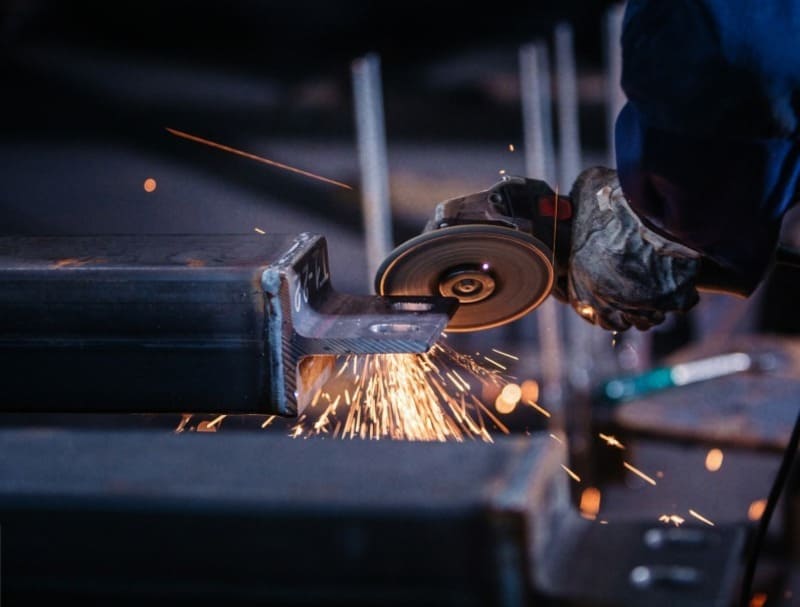
4. Opportunities in Vietnam’s Metal Fabrication Industry (2025)
Vietnam’s customized metal fabrication sector presents several promising opportunities for 2025, driven by domestic demand, export potential, and technological advancements.
4.1. Growing Domestic Demand
Infrastructure development, urbanization, and industrial expansion are driving the need for fabricated metal products in sectors like construction and energy.
4.2. Export Potential
Vietnam’s competitive pricing and adherence to international quality standards open up opportunities to export to major markets such as the US, EU, and Japan.
4.3. Attracting Foreign Investments
Favorable government policies, such as tax incentives and streamlined regulations, encourage foreign investors to establish manufacturing plants in Vietnam. Partnerships with local companies further enhance market access.
4.4. Integration of Technology
The adoption of advanced technologies like CNC machining, robotics, and automation is transforming the industry. These innovations enhance precision, reduce costs, and improve production efficiency.
Read more: Robotic systems integration in manufacturing – Enhancing productivity and efficiency
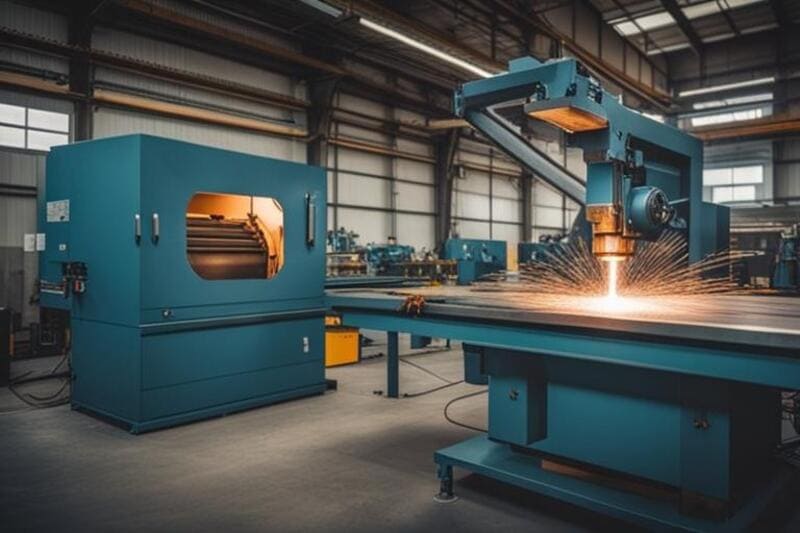
5. Challenges in Vietnam’s Customized Metal Fabrication Sector
Despite its potential, the industry faces challenges that must be addressed to sustain growth.
5.1. Skilled Labor Shortages
The demand for highly trained professionals in advanced fabrication techniques outpaces supply, creating a talent gap that could hinder growth.
5.2. Environmental Regulations
Compliance with stringent sustainability standards requires significant investments in green manufacturing processes, adding to operational costs.
5.3. Supply Chain Dependencies
Vietnam relies heavily on imported raw materials and machinery, making the sector vulnerable to global supply chain disruptions and price fluctuations.
6. Strategies to Drive Growth in the Sector
To overcome these challenges and maximize opportunities, Vietnam’s metal fabrication industry must adopt strategic measures.
6.1. Enhancing Workforce Skills
Investing in vocational training programs and fostering collaborations with international institutions can address the talent shortage. Initiatives like apprenticeships and scholarships will attract more young professionals to the field.
6.2. Investing in Advanced Technologies
Expanding the use of automation and precision machining will improve efficiency and reduce costs. Partnerships with global tech firms can facilitate the transfer of cutting-edge technologies.
6.3. Strengthening Local Supply Chains
Developing domestic suppliers for raw materials and components will reduce dependency on imports. This requires government support and private sector collaboration to foster a robust local supply chain.
6.4. Government Support
Increased funding for modern manufacturing facilities and incentives for green practices can encourage sustainable growth. Policies promoting high-tech industries will further enhance Vietnam’s global competitiveness.
7. Conclusion
Customized metal fabrication is a vital component of modern industrial applications, and Vietnam is well-positioned to become a leader in this sector. With rising domestic demand, export potential, and foreign investments, 2025 promises significant opportunities for growth. By addressing challenges such as skilled labor shortages and supply chain dependencies, Vietnam can strengthen its foothold in the global market.
Businesses and investors are encouraged to explore Vietnam’s dynamic metal fabrication sector and capitalize on its growth potential. Stay ahead by joining this promising market in 2025!
Thông tin Triển lãm giao thương ngành chế tạo lần thứ 9 – FBC ASEAN 2025:
Triển lãm FBC ASEAN 2025 dành cho các doanh nghiệp và cá nhân ngành chế tạo
1. Thái Lan:
- Thời gian: 14 – 17/05/2025 (9h00 – 17h00)
2. Hà Nội:
- Thời gian: 17 – 19/09/2025 (9h00 – 17h00)
- Địa điểm: Trung tâm Triển lãm Quốc tế I.C.E Hà Nội (91 Trần Hưng Đạo, Hoàn Kiếm, Hà Nội)
3. Online:
- Thời gian: 08 – 10/10/2025
- Nền tảng trực tuyến.
Fanpage FBC Việt Nam: https://www.facebook.com/factory.business.expo.vn
